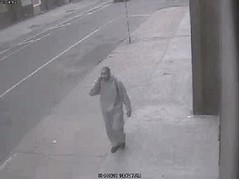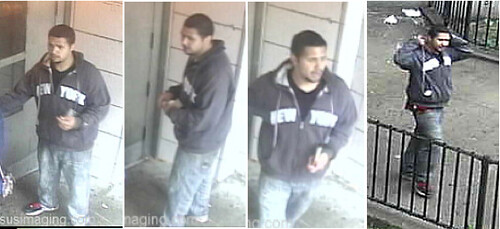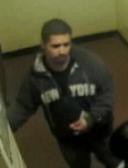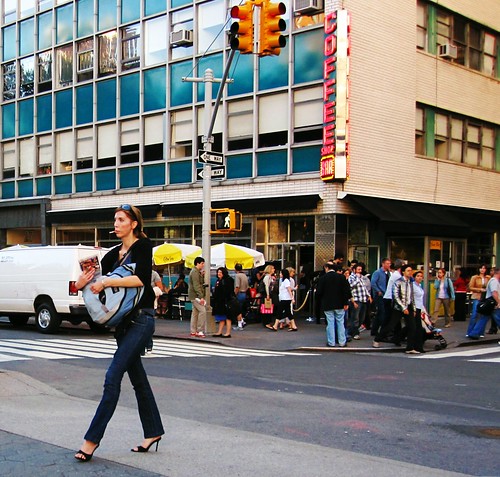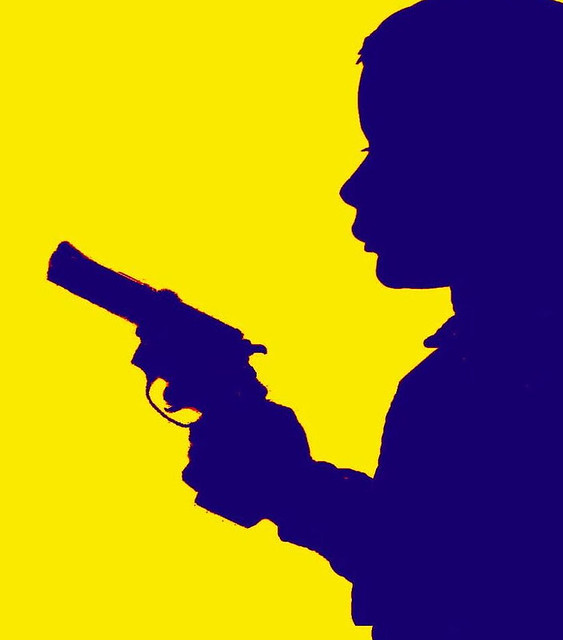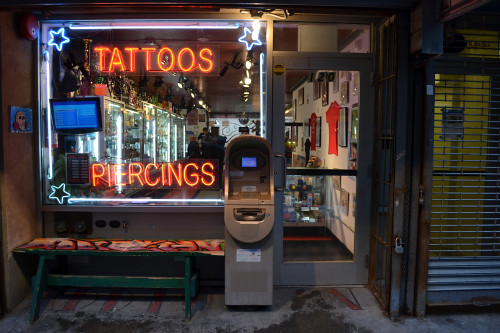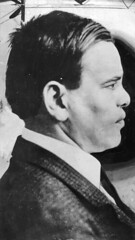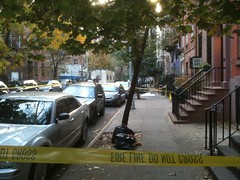 Philip Kalantzis Cope
Philip Kalantzis CopeIf you’ve been keeping up with local news, you probably know that two East Village police officers are on trial for rape, still on the city payroll but excused from their duties until the case is resolved. Statements made before the trial began revealed the following facts. A panicked taxi driver called police for assistance when his passenger began vomiting in the backseat of his cab. Two officers arrived to help her into her apartment. Once inside, she testified that one of the officers raped her while the other played lookout. A surveillance camera shows the two men returned to her apartment three more times that night.
What is their defense? She was too drunk to accurately recall the events that took place. The idea that behavior diminishes victimhood is a familiar one that even the New York Times perpetuated in its reporting of a Texas rape case last month.
“Vicious Assault Shakes Texas Town” was the newspaper’s headline over an article that described the gang rape of an 11-year-old girl from the perspective of a battered and reeling community. Readers were asked to consider where the girl’s mother was through her child’s ordeal; what will happen to the young boys and men now accused of rape; and why this child was hanging around with older boys and dressing, as the writer put it, too old for her age. Of the victim and her future, the writer posed no questions.
The article had little time to idle on newsstands before outrage surfaced. Within 2 days, the public editor filed a response that called the story unbalanced and cited highlights from the Times initial response issued that week. This response explained that he paper did not intend to invoke victim blaming, and seemed to give the reporter his get out of jail free card. In a sentence, “They are not our reporter’s reactions, but the reactions of disbelief by townspeople over the news of a mass assault on a defenseless 11-year-old,” the statement said.
The Local isn’t suggesting that the quotes the writer chose necessarily represent his personal opinion, but that’s really beside the point. The point is, why did it go to print as an incomplete story? Why did paraphrased interviews take such a front running role in the telling of this story?
The New York Times does not make a habit of covering rapes in small towns across the country. The Times chose to cover this because it is as unusual as it is horrific. Nearly 20 individuals— children and adults— coordinated to attack a small child, and yet, the coverage makes no effort to unpack the very element that made this a New York Times story.
The article states that the events occurred around Thanksgiving. Why not wait until the rest of the story unfolded in order to pay the young victim the attention she deserves? What, The Local wonders, was the rush?
But the fact that The Times printed the story in the state it did isn’t the only source of confusion. The article suggests an entire town is rallying behind a group of gang rapists who likely destroyed a child’s life. If this perspective holds true, then the town must be subject to its own set of questions.
Both The Times article, and the local rape case, invoke judgment of a rape victim’s actions to form the basis of an assailant’s defense. They employ the familiar claim — “But she was asking for it!” No, no woman is ever asking to be raped, nor is any child.
Join the conversation: What do we as a society think about a woman’s right to her body? How do these incidents of public victim blaming effect our community?



